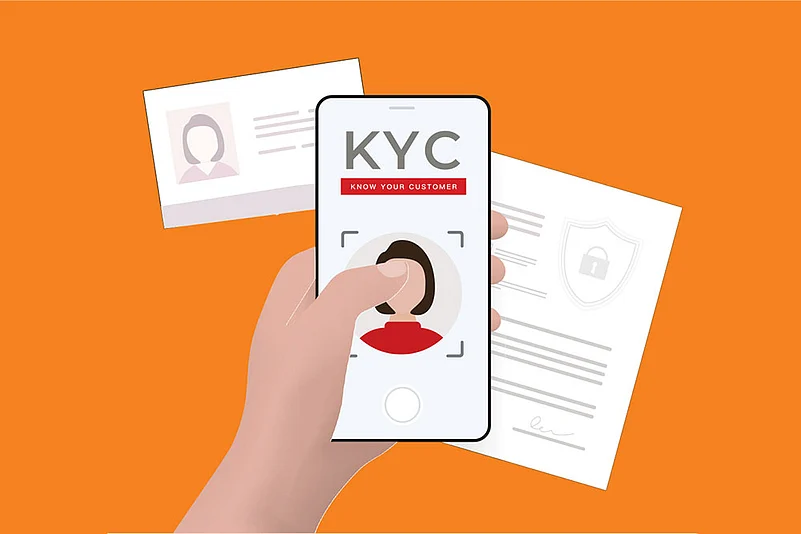Know Your Customer (KYC) is a mandatory process that financial institutions follow to verify the identity of their customers and ensure secure banking transactions. It helps in safeguarding against unauthorised access to financial services, and preventing money laundering and frauds.
On January 5, 2023, the Reserve Bank of India (RBI) made KYC updates easier by allowing bank accountholders to complete the process online if their documents are valid and their address hasn’t changed. This removes the need to visit a bank, making the procedure convenient for millions of accountholders across the country.
When Do You Need To Update KYC?
Change of name due to marriage, divorce, or other legal reasons
Change of address due to relocation
Change in phone number or email
Expired government IDs, such as passport, driver’s licence, if the same are mentioned in bank records
*Banks may also request a KYC update as per RBI guidelines, even if your details remain the same.
How To Update KYC Online: Step-By-Step Process
1. Login to your bank’s official website or mobile app
2. Go to settings or profile menu and choose ‘KYC Update’ section
3. Review your details, such as address and contact details. Change if needed
4. Upload scanned copies of your Aadhaar, PAN, and proof of address, respectively
5. Verify it with the OTP received on your registered mobile number or email address
6. Review the details and when satisfied, submit the request for KYC update
7. The bank will process the request and confirm through SMS and email
How Often Do Banks Require KYC Updates?
To avoid account freeze and other restrictions, update your KYC before the deadline set by your bank. RBI has set different frequencies based on customers’ risk level:
Every two years for high-risk customers
Every eight years for medium-risk customers
Every 10 years for low-risk customers
What Happens If You Do Not Update KYC?
Banks may limit or freeze transactions, restricting your access to funds
Banks may refuse to issue loans, credit cards, or renew fixed deposits
If KYC remains outdated for too long, your account could be deactivated
Why Should You Update KYC?
To avoid fraud, always update your KYC information through your bank’s branch or official website or mobile app
Before submitting, ensure that your ID and address proofs are up-to-date
Do not share your passwords, OTPs, PINs, or personal information with anybody for security reasons














